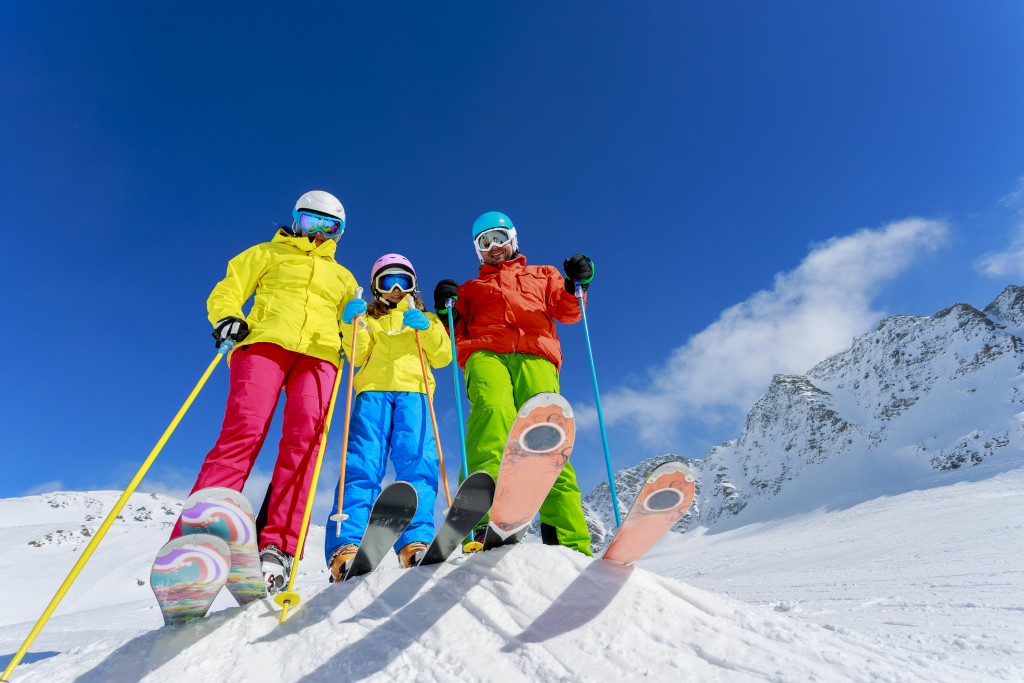One of the best things about the ski season is it lasts long. In the United States, it usually ends somewhere in April. In other states, it extends until July.
No one, though, should venture into the ski mountains and resorts without the proper gear. For those who need convincing, these questions may do the trick:
1. How Much Coldness Can the Body Tolerate?
Ski clothing such as Descente ski wear matters because of one thing: hypothermia. It is a medical condition wherein the body releases more heat than it produces. In turn, it can no longer tolerate the cold.
It can set at the moment the body temperature drops below 36 degrees Celsius. Depending on the severity of the exposure, its adverse effects on the body may be gradual or sudden. Either way, the person may experience the following:
- Poor muscle coordination
- Disorientation
- Weak pulse
- Slurred speech
- Shallow breathing
These changes can increase the risks of injuries or even death while skiing. The person may lose consciousness when traversing the slopes, for example.
2. Can Snow Affect Your Eyesight?
Yes, it can. Some people have a misconception that snow equals less sunlight. Perhaps it’s because they associate the former with overcast skies.
First, sunlight emits UV rays, whether clouds are present or not. When skies are not clear, it simply means that fewer of these rays end up touching the grounds. Second, a person skiing is prone to snow glare or blindness.
Snow blindness refers to the temporary loss of vision due to UV exposure. Many don’t know that snow can reflect as much as 80% of this radiation. Also, being at higher altitudes, ski resorts and mountains receive stronger UV light.

This condition may last for a day or two, but it can be painful since it burns the corneas. The person may also experience headaches and sensitivity to light.
Fortunately, this problem is easy to prevent. One of these is to wear the right sunglasses. These are the ones that protect the eyes from 100% glare.
3. Is Frostbite Serious?
Frostbite is one of the most telling effects of cold exposure. It can affect any part of the body, although it usually happens in the toes, fingers, cheeks, and ears.
It is a type of injury that causes the skin tissues to freeze. It is usually not harmful unless it penetrates the deeper layer of the skin. When this occurs, the damage may already be irreversible. The coldness, for example, may lead to tissue death and even amputation of the fingers, toes, or limbs.
To combat frostbite, skiers can put on gloves or mittens along with the proper attire, such as Descente ski wear. Between the two, gloves may be better since they provide improved dexterity and a comfortable grip.
4. Does the Choice of Ski Jacket Matter?
Yes, it does since the environment up in the mountains is so different from that in the lower ground. Since the weather is colder, jackets need to have excellent insulation. Usually, the inside material is either down or synthetic. The latter may be ideal for year-round skiing. Down can lose their form over time.
Ski jackets can also be a hard shell or softshell. It is a hard shell when it offers better insulation, warmth, and waterproofing. Soft-shell types are more lightweight, more convenient to wear, and more comfortable to pack.
Wearing the right gear when on the slopes goes beyond style or fashion. They can save lives as they keep the body warm and the person alert while enjoying the game.

